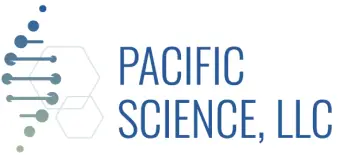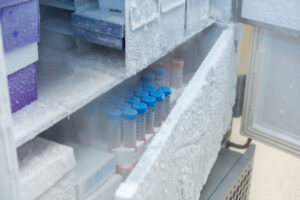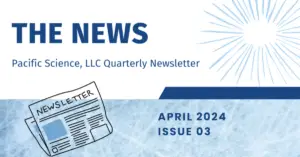Laboratory equipment temperature mapping, or thermal mapping, aims to identify temperature variations and ensure uniformity within a designated space. Measuring multiple points is critical to prevent hot or cold spots from affecting temperature-sensitive materials.
What is involved in the temperature mapping process?
Planning and Preparing
Define the equipment or storage space to be mapped (e.g., refrigerators, freezers, incubators, stability chambers). Determine the number and placement of temperature sensors (data loggers) based on the equipment’s size and configuration.
Temperature Sensor Placement
Position temperature sensors throughout the chamber to cover multiple locations and potential areas of temperature variation. Ensure sensors capture an accurate representation of temperature distribution evenly.
Data Logging
Set up data loggers to record temperature readings at specified intervals (e.g., every 5 minutes) over a defined period.
Data Collection
Allow the data loggers to collect temperature data over a specified time frame – this could be several days or weeks, depending on the application.
Data Analysis
Download and analyze the temperature data from the loggers. Use statistical methods to determine temperatures’ mean, minimum, maximum, and standard deviation at different locations.
Temperature Mapping Report
Generate a comprehensive report including graphical representations of temperature distribution, highlighting deviations from the desired temperature range. Identify any hot or cold spots and assess the equipment’s overall performance.
Corrective Actions
If temperature deviations are identified, take appropriate corrective actions, such as adjusting the equipment settings, rearranging stored items, or performing maintenance.
Validation and Compliance
Temperature mapping data is often used in equipment validation for regulatory compliance documentation. It provides evidence that the equipment can maintain uniform and controlled temperature conditions.
Benefits of Freezer Temperature Mapping
- Ensure compliance with regulatory requirements and industry standards.
- Reduces the risk of temperature excursions that could compromise material integrity.
- Provide confidence in the performance of temperature-controlled equipment.
- Support decision-making for equipment maintenance, calibration, and validation.
- Helps identify areas for optimization and improvement in equipment usage.
Laboratory equipment temperature mapping systematically ensures that temperature-sensitive materials are stored or processed within the desired temperature range. It’s crucial to maintaining quality and compliance within various industries, including pharmaceuticals, biotechnology, healthcare, and research.
Book your Temperature Mapping services with Pacific Science, LLC!






